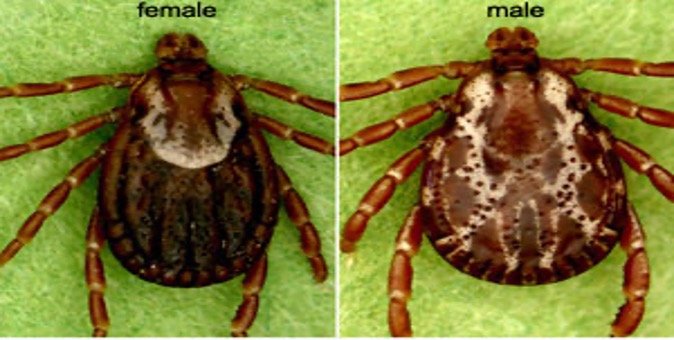Shoulder Dystocia - present in 0.2-3.0% of all deliveries. Anterior shoulder becomes impacted against mother’s pubic symphysis. Be concerned if there is obstructed labor with the head not passing through the vaginal canal
- Risk factors: More likely to occur if mother is small/baby is big
o Small maternal stature, pelvis
o Macrosomia
o >42 weeks gestation
o Maternal BMI > 40
o Diabetes
o Previous shoulder dystocia
- There is no consensus on which maneuvers are best/should be done first. An extremely helpful/unhelpful tip an OB/GYN attending gave me is to “do the maneuver that best matches how the baby is trying to move”. Ultimately, it seems like you give each maneuver one, gentle attempt and if that doesn’t fix the dystocia to move onto the next one.
1) McRobert’s – hyperflexion of legs to abdomen with mild abduction and external rotation (fixes 40% of time)
+
2) Rubin’s – suprapubic pressure POSTERIORLY and laterally (these 2 will fix the majority of shoulder dystocia)
3) Wood’s Corkscrew – essentially attempting to rotate the baby into a more oblique position (push the posterior aspect of the anterior shoulder towards baby’s face)
4) Attempt to delivery posterior shoulder first – bring posterior arm across chest, fetal hand to chin, grasp, and gently pull out
5) Gaskin’s – roll patient onto all fours and attempt to deliver
6) Can attempt an episiotomy by first injecting lidocaine, then making a 2-3cm cut (45 degrees from midline, cut mediolaterally)
And last resort maneuvers…
7) Break the clavicle – direct pressure on middle of clavicle. Reduces shoulder-shoulder width. I tried to find out which clavicle you’re supposed to break, it sounds like you just break one if not both…
8) Zavanelli – the infamous “push baby back into vaginal canal and C-section”. Although if you’ve personally reached this stage its likely because you don’t have OB/GYN at bedside…
Breech Delivery – call OB :’)? When the presenting part is the buttocks instead of the head
- Requires heavy coaching and encouragement on mother to push with contractions - NEVER pull or squeeze, just support the baby
- Deliver legs as they emerge (around level of umbilicus)
- Push arms medially to facilitate delivery (around level of nipples/axilla)
- Mariceau Maneuver: Rotate baby with sacrum up, gentle pressure on baby’s head to flex and facilitate delivery of head
Hand/Foot/Arm/Leg/Umbilical Prolapse
- Unfortunately, these just need OB/GYN and stat C-section
- Umbilical Prolapse – will feel a pulsating mass
o Attempt to elevate presenting fetal part to remove pressure on the umbilical cord
o You will remain this way until patient reaches the OR
- If there are major delays to OR, can consider tocolytics
o Terbutaline 0.25mg subQ
o Nitroglycerin 50-200mcg IV
o Magnesium sulfate 4g IV over 15 min, then 1-4g/hour IV
Just ending with a very helpful infographic by Dr. Reuben Strayer from emupdates.
TL;DR from emdocs
To relieve shoulder dystocia, avoid excess traction, hyper flex the mothers legs and apply suprapubic pressure, then progress to fetal maneuvering as needed.
During breech delivery, allow the delivery to happen spontaneously without traction while supporting the fetal body, then prevent excess neck extension while delivering the head.
If cord prolapse occurs, do not manipulate the cord. Minimize pressure on the cord with maternal knee-chest positioning and elevation of presenting parts while preparing for emergency cesarean section.
https://emupdates.com/wp-content/uploads/2020/06/Precip_HI.jpg
https://wikem.org/wiki/Emergent_delivery
https://wikem.org/wiki/Shoulder_dystocia
https://wikem.org/wiki/Breech_delivery
https://first10em.com/the-difficult-delivery-breech-presentation/
http://www.emdocs.net/the-complicated-delivery-what-do-you-do/










